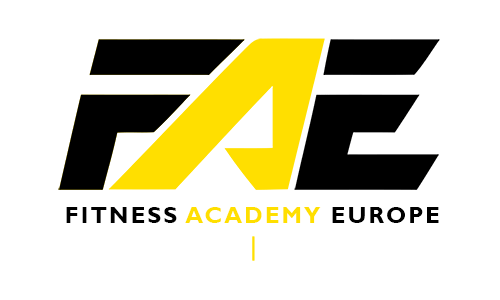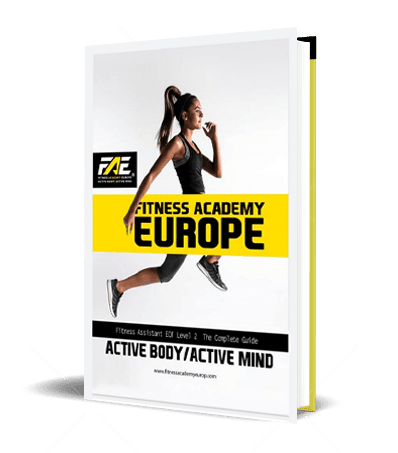Creating excessive blog tags results in a ton of pages containing thin or unnecessary content. Google doesn’t like thin content because it offers little (or no) useful information to users, and therefore has zero search value. This means they’re practically invisible unless someone has its direct URL, or stumbles upon them through an external link. A backlink is a link from one website to another, considered a vote of confidence and authority in the eyes of search engines. On-Page SEO involves optimizing individual web pages to rank higher in search engines.
People often use variations of a search term although they have the same user intent. Research the topic thoroughly and make sure you understand the search intent of the keyword (or topic) you’re targeting. Using header tags for your subheadings allows search engines to build a clear picture of your page, and the sub-topics you’ve written about. At the end of this on page SEO checklist, you’ll find the five most important on-page factors to get your website ranking highly in the search results. For instance, if in your article about “how to become a freelance writer” but you never use the subheading with your keywords, your post is unlikely to rank. So even if you’ve written an informative post, but haven’t used your subheadings properly, few people will find your article on search engine result pages.
On-page SEO focuses on optimizing individual pages to improve search visibility and user experience. It involves aligning your content, HTML elements, and site structure with SEO best practices. This ensures search engines understand your pages while making them more engaging for visitors.
Implement hreflang tags to direct users to the appropriate language or regional version of your content. Users don’t want to wait for pages to load, so Google tends to rank fast-loading sites higher. If you’re unsure how fast (or slow) your site is, check out your Core Web Vital scores using the report in Google Search Console. This helpful tool will point out areas where your site speed can be improved so you know what to work on.
Once you see the value, you can always upgrade to unlock even more features. One of the first tools you need in your SEO arsenal is Semrush. Along with getting the right tools in place, you need to understand what you want to achieve with your SEO efforts. If you haven’t used the tool before, SEO Anomaly check out our guide to Google Analytics.
Geotagging (For Local Search)
The better the experience your site provides, the higher your website can rank. Remove or update outdated external links and only link to quality, trusted and authoritative sites relevant to the topic you’re writing about. This will naturally create a strong internal linking structure that is logical and easy for Google (and humans) to follow. The goal is to ensure that you have as many relevant internal links as possible. Google uses internal links as signals to better understand your page’s content and how different pages work together.
- If you’re still feeling stuck, consider bringing on an SEO specialist for further improvement.
- The Bert update changed how content is processed and how well it can be understood.
- On the other hand, a keyword like “chocolate cake recipe” is clearer.
- Stable growth of your backlink profile is one of the main cornerstones of your site’s success.
- You should then aim to create a layout for your content that is easy to read and navigate.
- Not all web applications accurately interpret separators like underscores (_), plus signs (+), or spaces (%20).
The task list of SEO improvements will show you which issues are the most important ones as eliminating them will have a noticeable impact on your SEO performance. Those are the tasks that you should first tackle when starting with the optimization of your website. For instance, one of the biggest off-page SEO factors is backlinks.
What is the Difference Between On-Page SEO and Off-Page SEO?
On page SEO refers to the practice of optimizing individual web pages to rank higher and earn more relevant traffic in search engines. When executed well, search engine optimization (SEO) tactics put your brand name at the top of search results—a huge win if you’re looking for more organic traffic and brand awareness. But ramping up your SEO efforts can feel overwhelming if you’re unsure where to begin.
We hope you enjoyed this guide on on-page SEO vs technical SEO. Join millions of self-starters in getting business resources, tips, and inspiring stories in your inbox. By combining both strategies, businesses can create a strong SEO foundation for long-term success. Unlike Answer the Public, with crazy charts and images of some bearded dude, the questions are laid out in a simple table.




